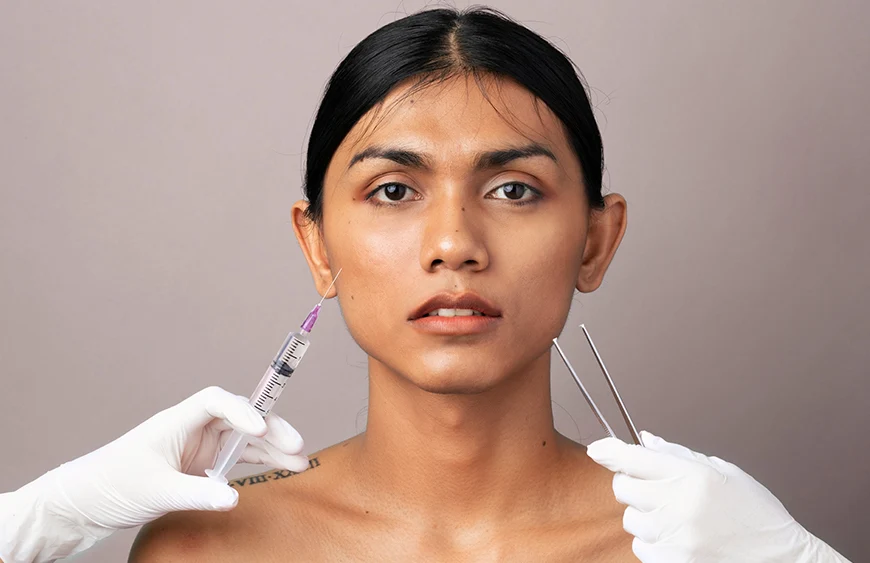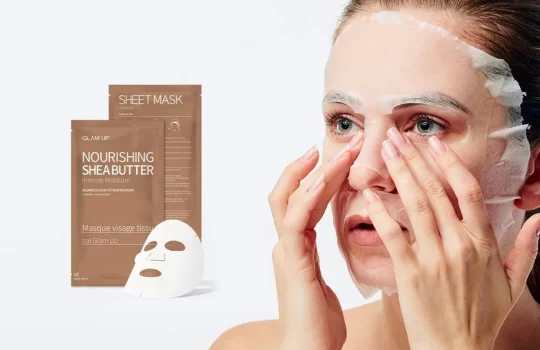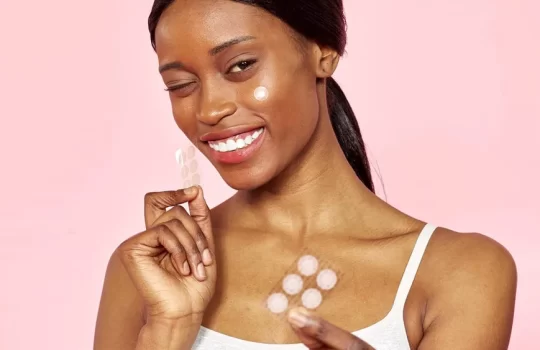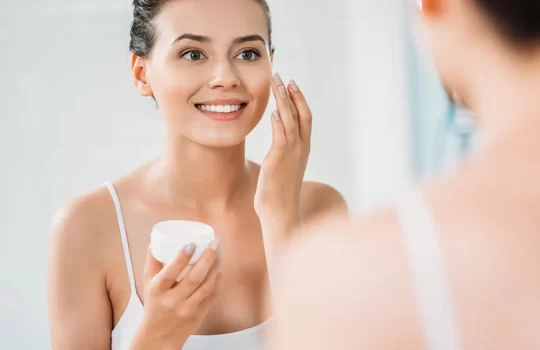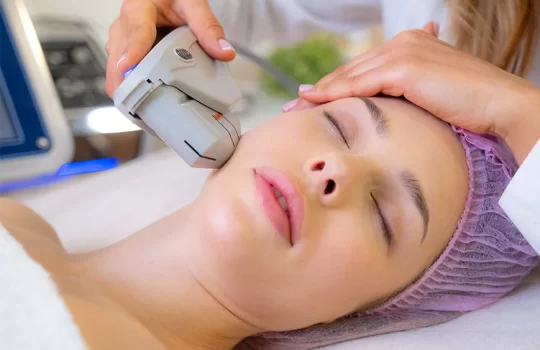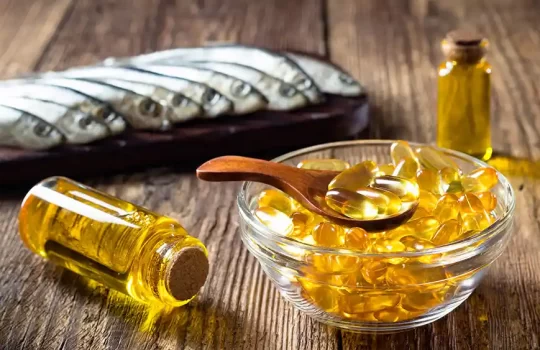Glutathione injection is becoming an obsession for those seeking instant skin whitening/lightening, also known as skin bleaching. It is being called the ‘mother of all antioxidants against skin pigmentation,’ and there is an increasing demand for it for a reason.
However, this new beauty industry trend is arousing health and safety concerns, which CNN describes as ‘White Lies.’ This agitates us to question the whole “Glutathione Injection” treatment. What is the glutathione injection? What is glutathione injection used for? Is it a safe cosmetic procedure to carry out? This blog will answer all concerns about the new beauty industry’s haunting “glutathione injection.”
What is glutathione injection?
Glutathione injection is a cosmetic procedure done by administering Glutathione into the body through intravenous or intramuscular injection. Glutathione is a potent antioxidant against skin hyper-pigmentation caused by undue melanin production. Despite limited scientific evidence supporting their effectiveness and safety, intravenous glutathione injections are commonly used for skin-lightening nowadays.
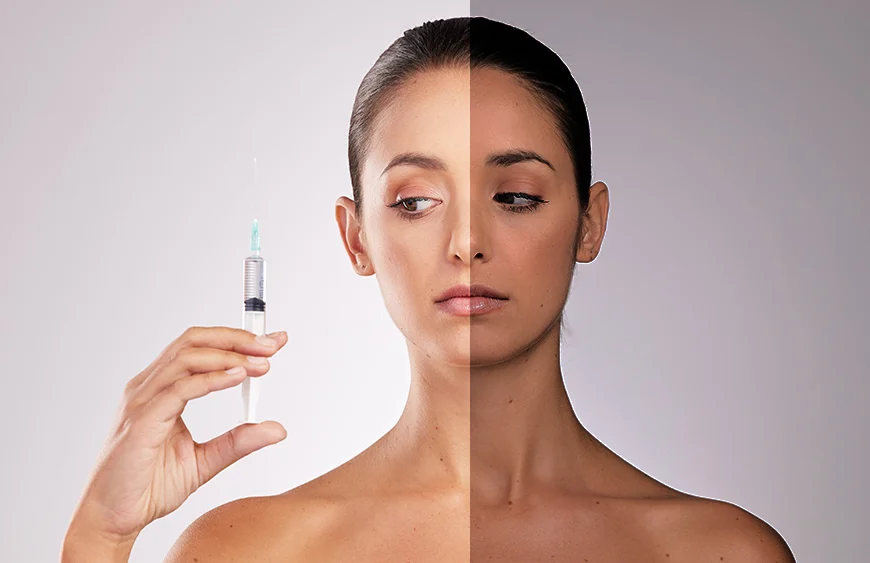
What is the glutathione injection used for?
Glutathione injections are widely used for skin lightening. It has become a new trend in the cosmetics and beauty industry despite limited evidence, some dermatologists use glutathione injections to lighten the skin and eliminate hyperpigmentation, as glutathione reduces the overproduction of melanin.
It is also widely believed that glutathione contributes to purifying the liver and removing toxins from the body. Glutathione injections are also promoted as an anti-aging treatment. Being an antioxidant, they help protect cells from damage caused by free radicals, which can contribute to aging and other diseases.
Composition of Glutathione Injections
Glutathione injection plays a crucial role in maintaining cellular redox balance and is known for its antioxidant properties. Its potential to lighten skin has made it famous, particularly in certain ethnic groups. Glutathione injections consists of:
Glycine: Amino acid that is a component of glutathione.
Cysteine: Amino acid that is a component of glutathione.
Glutamic Acid: Amino acid that is a component of glutathione.
Benefits of Glutathione
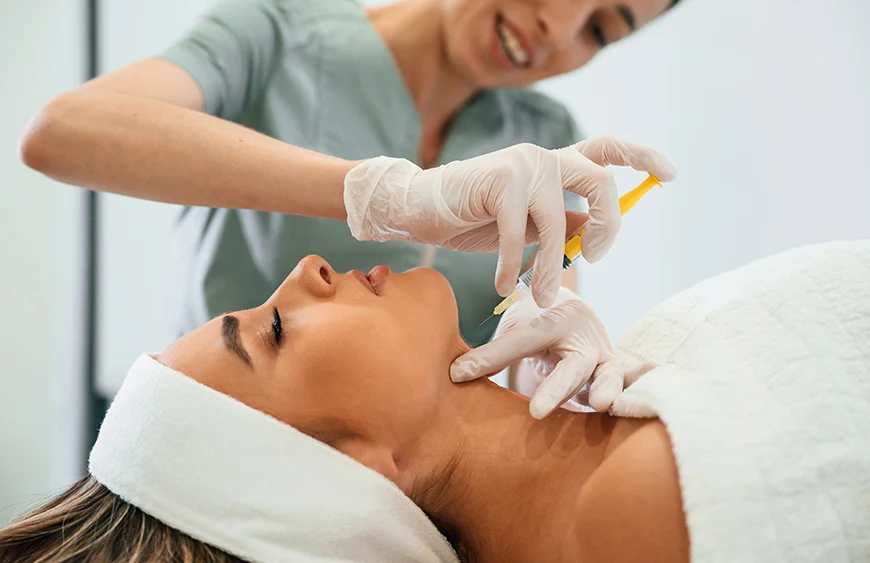
According to the “Mary Ann Liebert, Inc.” the benefits of Glutathione include the following:
DNA Synthesis:
Glutathione plays a key role in synthesizing DNA, which is essential for cell growth and repair.
Immune Support:
It supports the immune system by helping the body produce and activate immune cells, which defend against infections and diseases.
Sperm Cell Formation:
Glutathione is crucial for the formation of sperm cells, which is essential for reproduction.
Antioxidant Activity:
Glutathione breaks down free radicals, which are harmful molecules that can damage cells and lead to ageing and diseases.
Enzyme Function:
It enables certain enzymes to function properly, which are necessary for various biochemical reactions in the body.
Vitamin Regeneration:
Glutathione helps regenerate vitamins C and E, which are powerful antioxidants themselves.
Mercury Detoxification:
It assists in transporting mercury out of the brain, helping to detoxify the body from this harmful heavy metal.
Potential adverse effects of glutathione
The adverse effects of intravenous glutathione speculatively arise from the direct delivery of vast amounts of the molecule in the blood circulation. Other potential adverse effects of high-dose and long-term glutathione supplementation include:
Lightening of hair color:
A logically expected effect since hair colour depends on the amount and type of melanin, which may be altered by glutathione supplementation.
Increased susceptibility to melanoma:
Long-term administration of systemic glutathione switches eumelanin to pheomelanin and may improve the susceptibility towards melanoma development in the long run.
Hypopigmented patches:
Especially on sun-exposed areas, practitioners have observed hypopigmented patches after 10–12 doses of intravenous injection (unpublished observations). Their experience suggested that the patchy hypopigmentation tended to resolve after 30-40 doses due to the evolution of a uniform skin-lightening effect.
Depletion of natural hepatic stores of glutathione:
Hypothetically, long-term supplementation with any external synthetic compound may signal the body to stop its production, resulting in dependence on synthetic supplements. Depletion of liver glutathione levels (the site of glutathione storage) may be devastating to health.
Preparing for the Injection: Do’s and Don’ts
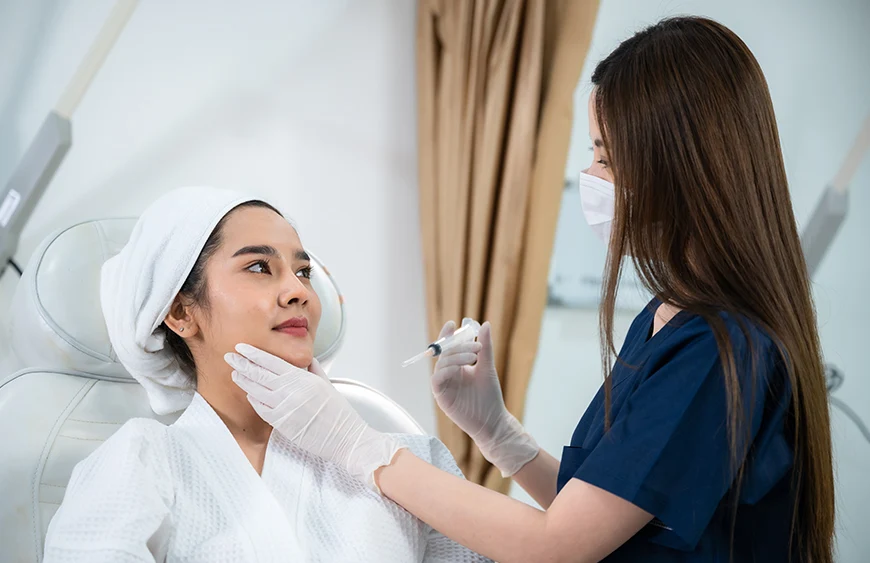
Do's:
- Ensure you’re a suitable candidate for glutathione before pursuing it for skin brightening.
- Set realistic expectations; glutathione isn’t a quick fix, and achieving a naturally lighter complexion takes time.
- Wait at least two weeks before assessing any changes.
- Apply ice packs to reduce side effects.
Don'ts:
- Don’t overlook the need for a medical assessment to determine eligibility.
- Don’t expect immediate results; patience is key with glutathione.
- Don’t ignore potential side effects, such as redness or bruising at the injection site, lasting only a few days.
To-do after the glutathione Injection
– Maintain a good skincare routine with medicated oils and toners.
– Follow a diet rich in protein and vitamins for optimal results.
– Stay hydrated to help flush out toxins and even out skin tone.
– Consult a dermatologist for the correct dosage of skincare products, as it varies for each individual.
– Avoid smoking and inflammatory drugs, as they can interfere with treatment.
– Protect your skin from direct sunlight to prevent melanin production.
– Refrain from additional whitening treatments during the glutathione cycle to avoid complications.
– Focus on the expertise of the dermatologist over cost when choosing a provider.
Is it safe to inject glutathione?
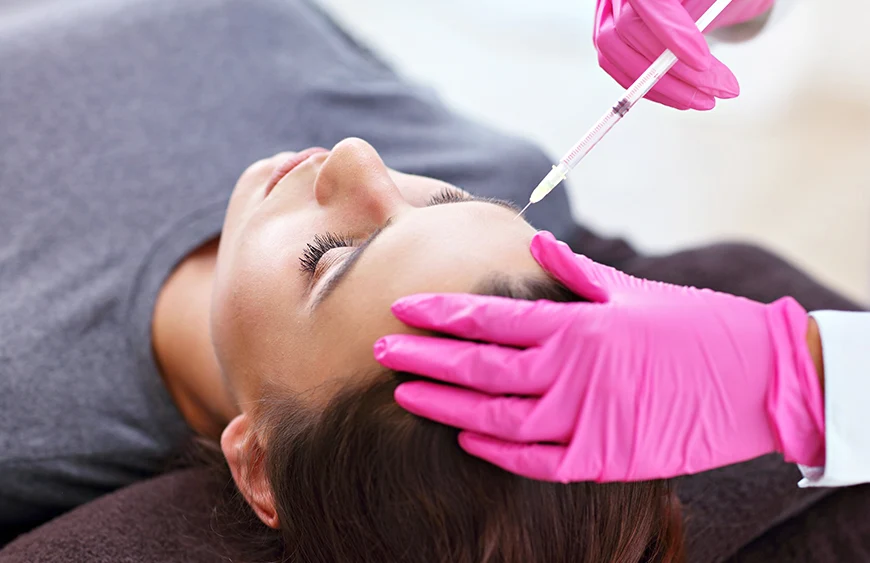
Clinical trials have provided narrow evidence on the safety and effectiveness of glutathione injections, particularly for controlling skin pigmentation. The USFDA has not approved glutathione injections for safety as well. A recent advisory warning from the FDA highlights potential health risks associated with using unapproved injectable skin-lightening agents, including glutathione.
Leading Dermatologists standpoint
This lack of acceptance and possible risks are why leading dermatologists do NOT consider glutathione injections a primary choice. Simply because further research is needed to fully understand the safety and effectiveness of glutathione injections for skin whitening treatments. So, medical experts do NOT recommend long-term glutathione injections, particularly without maintenance medicines such as UV protection and sunscreen use.
“Side effects on the use of injectable glutathione for skin lightening include toxic effects on the liver, kidneys, and nervous system.” [FDA Advisory No. 2019-182]
How many Glutathione Injections should I take?
Dermatologists usually recommend a dose starting from 600 mg up to 1200 mg twice a week to lighten/whiten the skin, with frequency determined under the supervision of a dermatologist. However, no specific amount or duration applies to all cases. Consequently, repeated injections are still necessary to get the best results.
On average, 8-10 injections are applied intermittently, sometimes more and sometimes less. It depends on each case’s natural color and skin tone, and results vary based on the skin’s original tone: 1-3 months for light or medium skin and 3-6 months for brown skin. 6-12 months for dark skin.
Skin Lightening in the UAE
Dr. Hassan Galadari, Assistant Professor of Dermatology at the United Arab Emirates University and co-founder of the Galadari Derma Clinic in Dubai, explains that two-thirds of patients desire to lighten even their skin tone and improve texture after suffering from dermatologic conditions. The other third have no visible skin condition and wish to become lighter, with skin lightening use increasing with darker skin (Hamed et al., 2010).
To conclude, the belief that white or light skin tone is more attractive emerges from a complicated universal cultural heritage, not scientific evidence. While the demand for skin lightening/bleaching is rising, there’s no scientific proof that white skin tone leads to better psychological state of mind, comfort, or happiness. On the other hand, psychiatry consistently demonstrates that self-acceptance promotes stability and mental well-being, not skin tone.
